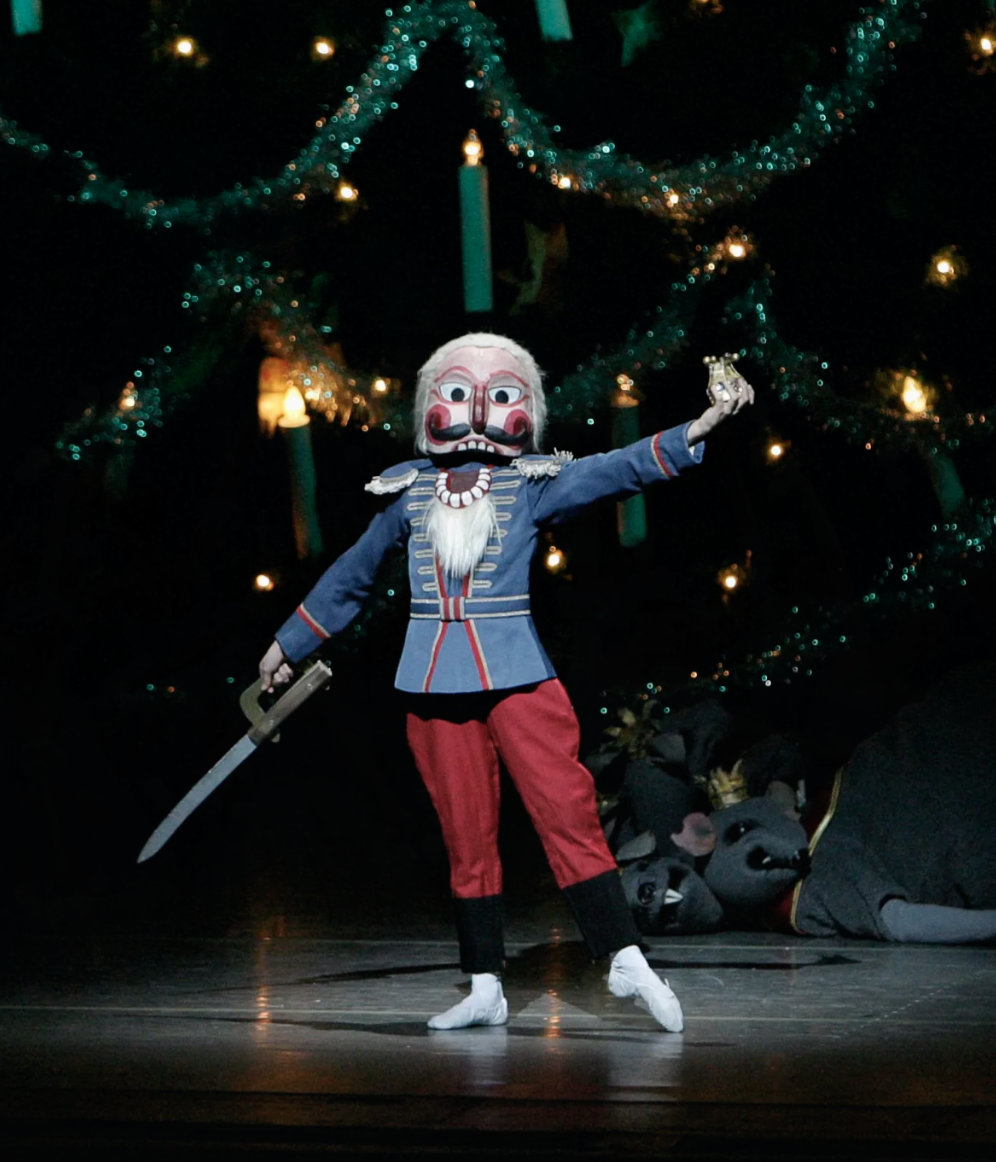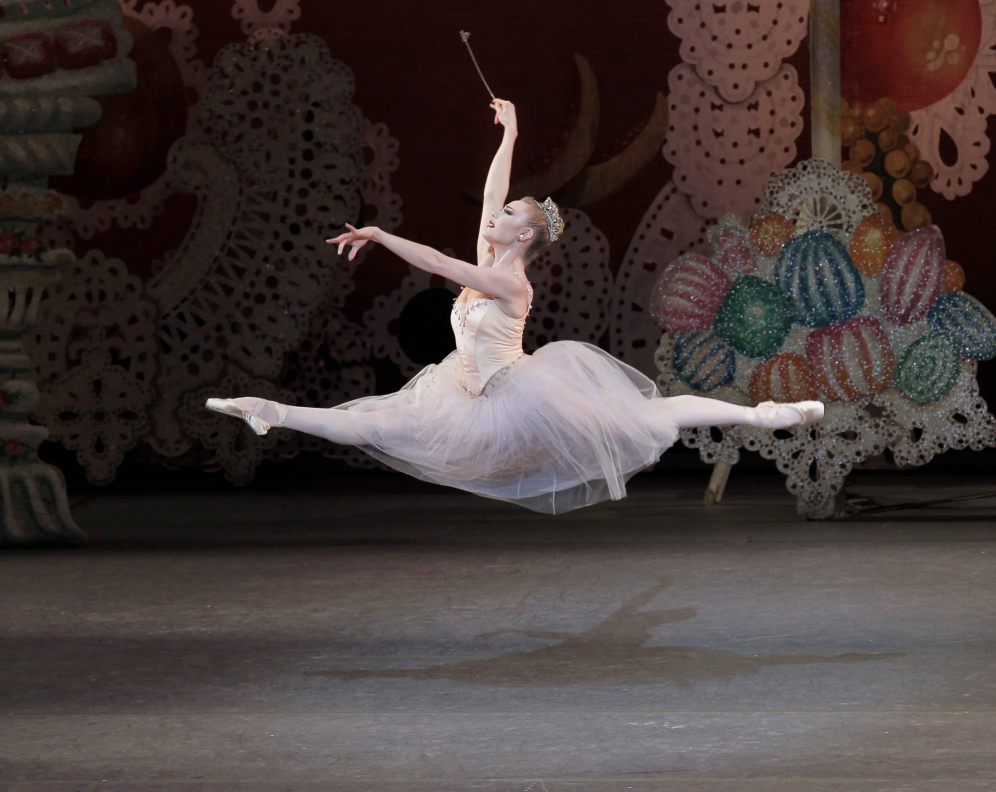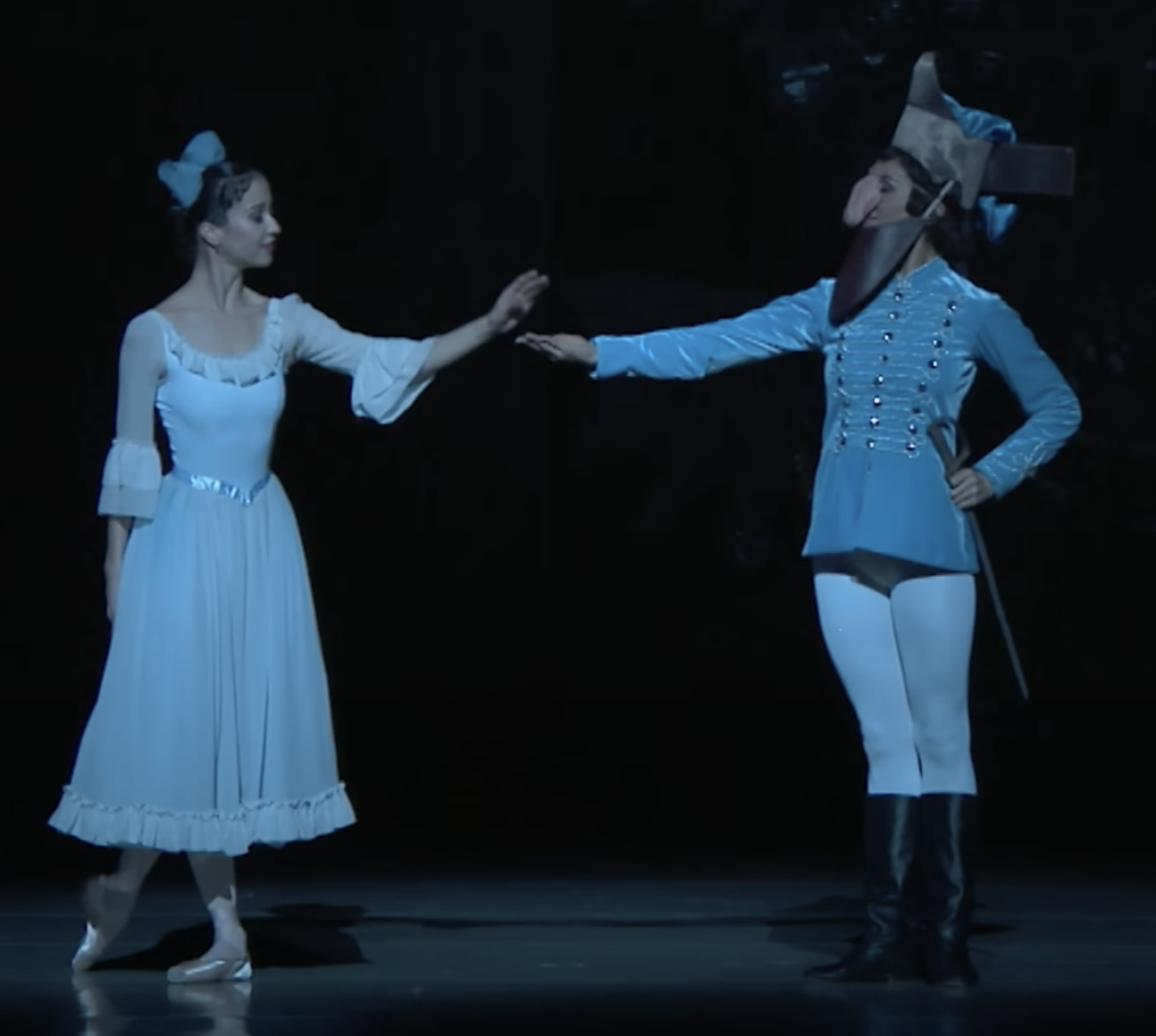The Nutcracker / Ballanchine / duration: 90 mins
In 1816, E.T.A. Hoffman published The Nutcracker and the Mouse King, a scary fairy-tale intended only for adults. Years later, Alexander Dumas père's version of the story made it happier and more appropriate for children to read. Marius Petipa, chief ballet master of the Russian Imperial Ballet, liked this new story and decided to have it made into a ballet. He commissioned Peter Ilyitch Tschaikovsky to write the music. Petipa’s assistant Lev Ivanov created the choreography. The production was first performed in December 1892 in St. Petersburg, Russia.
George Balanchine, who grew up in Russia, danced the role of the Prince in The Nutcracker in 1919 when he was 15 years old. Later, after he had moved to America and founded New York City Ballet, he decided to choreograph his own version of The Nutcracker for his company. The first performance of this production was on February 2, 1954, in New York City, and George Balanchine’s The Nutcracker© has been an annual holiday tradition ever since. New York City Ballet usually presents 47 performances of the ballet annually. The production was filmed in 1993, and now people all around the world have enjoyed it on video.
Peter Ilyitch Tschaikovsky (1840 to 1893) composed the music for the ballet The Nutcracker. Tschaikovsky was Russian and studied music at the conservatory in St. Petersburg. He composed many different types of music, including ballets, symphonies, operas, chamber music, concerti, and works for the piano. Besides The Nutcracker, he also wrote the music for the ballets Swan Lake and The Sleeping Beauty. Many choreographers, including George Balanchine, have made ballets to Tschaikovsky’s concert music that was not written specifically for dancing.
New York City Ballet Founder and Founding Choreographer George Balanchine (1904-1983) grew up in Russia, studying dance at the Russian Imperial Ballet School and music at the conservatory in St. Petersburg. He danced and choreographed in Europe before Lincoln Kirstein invited him to move to America. In 1934, Balanchine and Kirstein founded the School of American Ballet in New York City. They also started several short-lived ballet companies before establishing New York City Ballet in 1948. Balanchine choreographed many different types of ballets throughout his career, including traditional story ballets such as George Balanchine’s The Nutcracker©, classical ballets without stories like Symphony in C, and more modern ballets like The Four Temperaments and Agon. He also choreographed for Broadway and Hollywood musicals. He is well known for creating ballets performed in simple practice clothing without elaborate scenery, where the focus is on the music and the dancing.
source -- New York City Ballet
Nutcracker version by the Mariinsky Ballet. Russia deserves credit for being a staunch supporter of classical ballet, primarily as a vehicle of state propaganda, but to a lesser extent for pure artistic reasons as well. Their traditional state ballet company is the Bolshoi, located in Moscow. But a more purely artistic ballet company existed in the Western front in St. Petersburg, the Imperial Russian Ballet, founded in the 1740s following the formation of the Vaganova Ballet Academy in the late 1730's. Later renamed to the Kirov during the Soviet era and then, after the fall of the Berlin Wall the Kirov renamed itself to the Mariinsky, just as the city itself was renaming back to St. Petersburg from Leningrad.
The Mariinsky Ballet company had a less boisterous style than the Bolshoi. The Bolshoi sought to project the power and influence of Soviet Russia and their dancing is full of bravura energy and athleticism. The Mariinsky, by contrast, followed along the lines of Copenhagen with a lighter, more lyrically artistic style.



